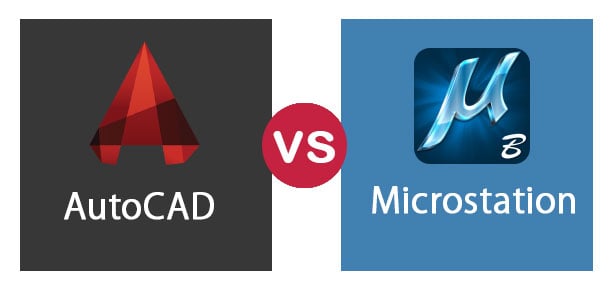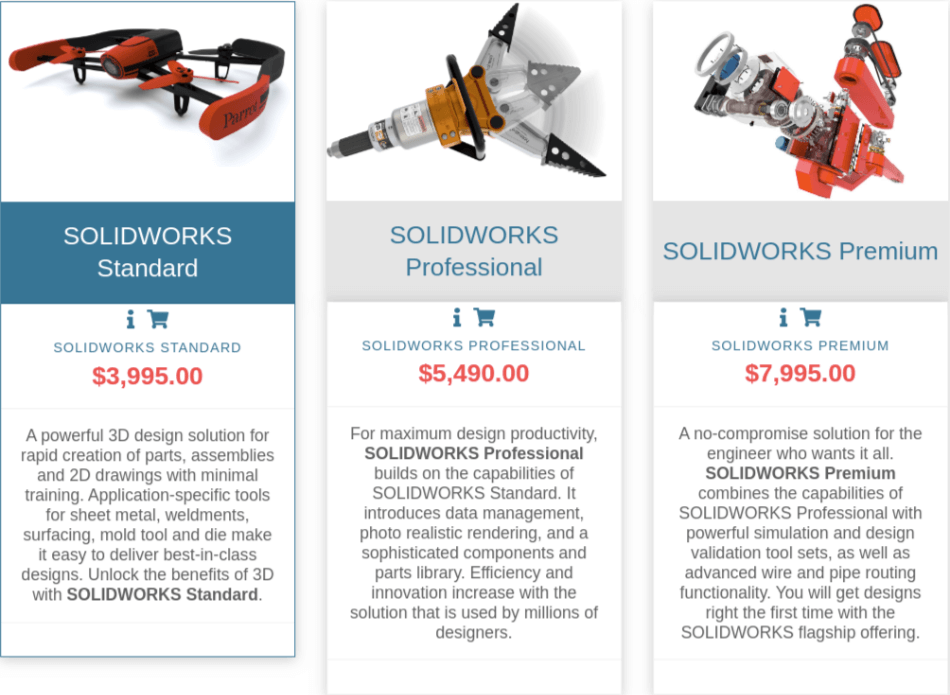

Hirschtick and his engineers created Solidworks with the intention of making a new 3D modelling software that was cheaper and easier to use than others on the market at the time. Its creation was funded with $1,000,000 won by Jon Hirschtick while he was a member and instructor of the MIT Blackjack Team, the legendary card counting group. Solidworks – An equally powerful piece of software, with a focus on component design for complex mechanical systems. This evolved into the product today known as AutoCAD, and the pedigree of high-level drafting has stuck with the product, giving it an interface perfectly suited to complex site-plans and technical cross-sections. Named Interact CAD, it was initially used for planning deep-sea diving operations on offshore oil rigs. 1978 saw a standalone system with a whopping 640×480 resolution, created by Michael Riddle. Who were they designed for?Įvery piece of CAD software has a different intended end user, and these two are no different:ĪutoCAD – A comprehensive suite of tools and functions that make it a viable option for just about any 3D modelling requirement, which has its roots in early computer-aided architectural drafting. They both offer a similar service, but it’s very likely that one is better for your needs than the other. But there’s a hundred different choices when it comes to CAD software, and which is best for you? In this article we’ll compare two of the biggest names in CAD – the pedigree AutoCAD, from design software powerhouse Autodesk, and the seductive Solidworks, from French software company Dassault Systems (yes, that Dassault, the company that makes fighter jets when they’re not making software). Here is where Computer-Aided Design (CAD) software takes center stage, the biggest, strongest tool in our computer-aided arsenal – computer-controlled fabrication is nothing if it doesn’t have instructions to follow. The most critical of these steps is, of course, creating your vision in the virtual environment. But turning something from concept to creation, while easier and better integrated than ever before, still requires a few critical steps.


3D Design – It starts with the idea, and it ends with a fully realized object.


 0 kommentar(er)
0 kommentar(er)
